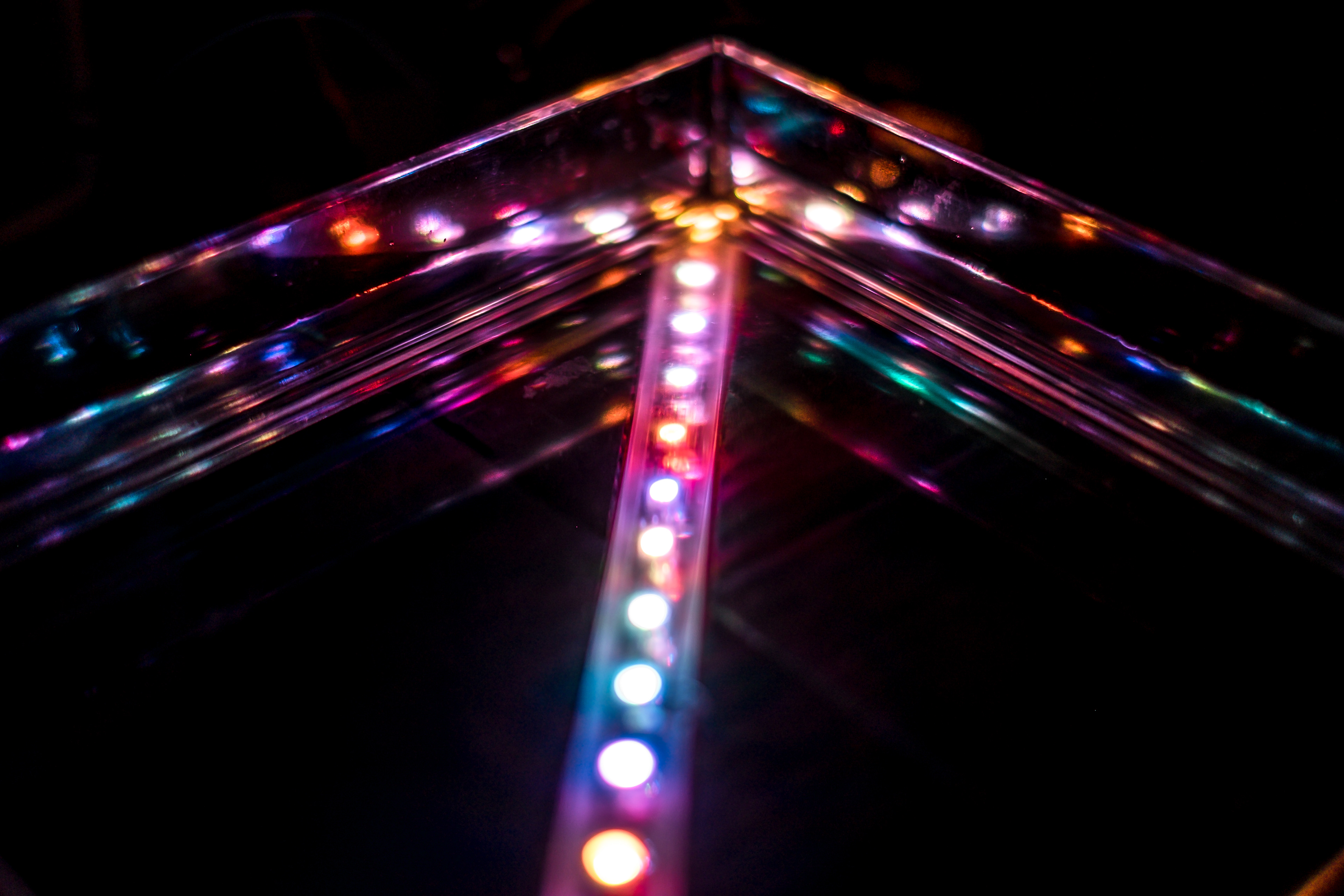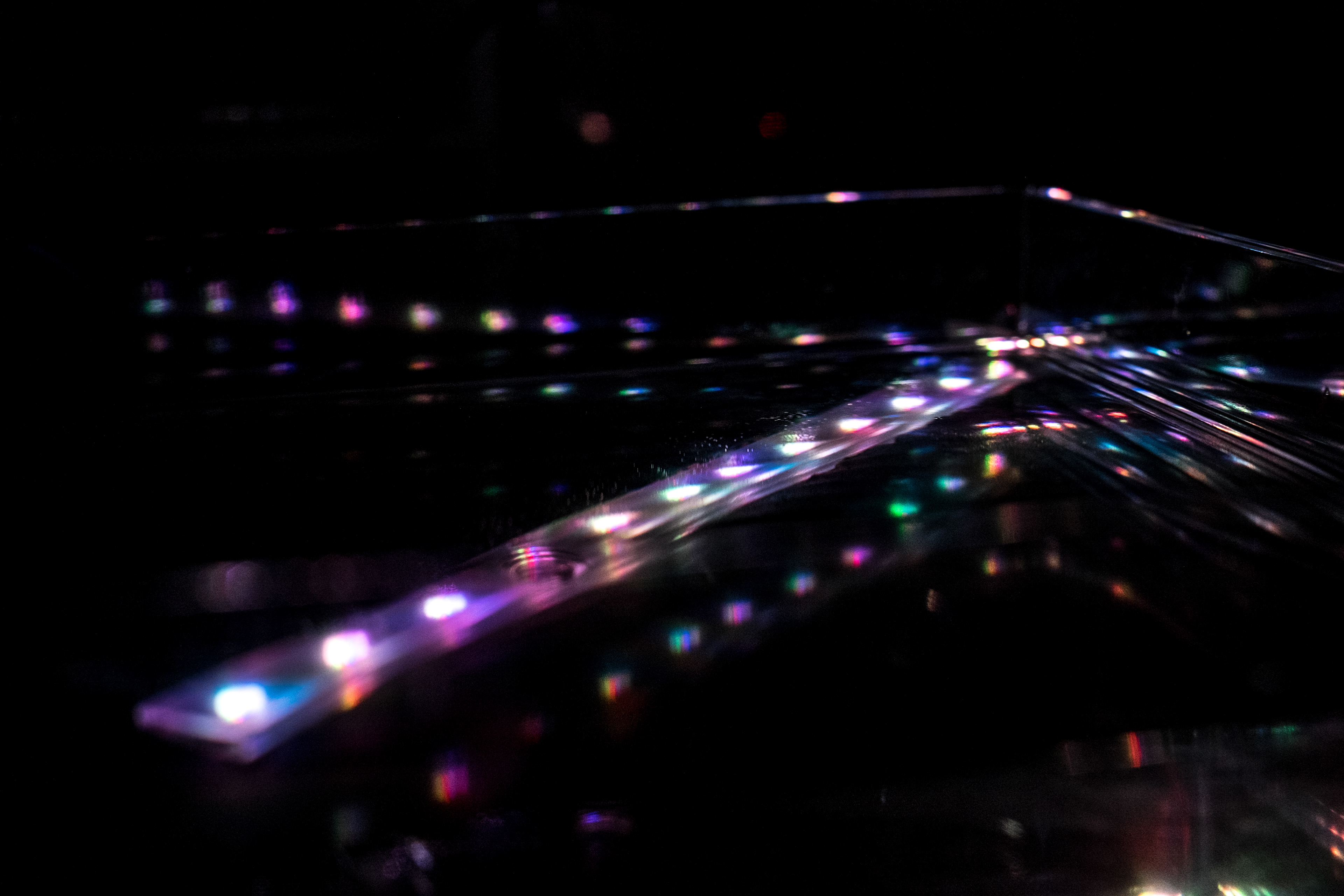Installation concepts
1
Phrenology
Exhibition concept
Upon visiting the Old Melbourne Gaol and conducting research on visitor behaviour, the task was to create an experience that would drive visitor interest to the gaol. This conceptual installation project focuses on phrenology and the analysis of prisoners’ death masks. It is based on the idea that physical, mental and moral traits correspond with different sections of the skull, and that a person’s personality can be read by measuring the contours of their skull.
Each wireframe skull corresponds to an executed prisoner’s death mask analysis. For each prisoner, the coloured sections denote underdeveloped and overdeveloped sections. This drew from the example of Ned Kelly’s death mask analysis that states, “over-developed features included combativeness and destructiveness, while those underdeveloped features included cautiousness and conscientiousness”. Additionally, two interactive skulls are situated on pedestals, for viewers to highlight sections of their choice. Touching on a surface will turn that section on or off, and thus viewers can create their own death mask analysis.
In today’s society, the most interesting exhibits and visually appealing installations are photographed by its audiences and uploaded to social media. Knowledge and excitement, and thus visitation of a single exhibition can spread at viral speeds, when people see it as something they can have fun with and share on social media. The goal of this installation is to provide an instant visually immersive impact, while also providing information upon closer examination. In one glance, viewers can observe death masks presented in a modern fashion, while an interactive element adds an additional level of physical engagement and personal connection.
Credits: The 3D skull model was modified from a free download from the website Cults, created by user RubixDesign
2
Great Barrier Reef
Arduino concept
This concept is a reflection of the chain of events that have lead to the disintegration of the Great Barrier Reef. Two major threats to the reef, climate change and pollution, are both caused by humans. Global warming, the reef’s greatest threat, increases ocean temperatures, which leads to coral bleaching. While this is a small-scale proof of concept, the idea is to have panels of coloured LED lights surrounded by water, and controlled by viewers interacting with the water.


The reef’s decline is portrayed in this project through this interaction with the water. Initially, the LED strip is bright and multi-coloured, but the more the viewer touches the water, the brightness of the lights dim and the colours grow closer to white. Bleached corals are white, as the zooxanthellae leave their tissue. Zooxanthellae gives corals their colour as well as being a source of food, thus rendering bleached corals weak.
Through representing the detrimental effects humans have on the environment, highlighting that this is happening to the world’s largest coral reef system, perhaps people will realise the severity of our current situation and larger efforts will be made towards preservation and restoration.